Sidebar
Main Menu
Soweto, A Sprawling Urban Memorial of Complex History
When you talk about South Africa, its apartheid past is not far away. In Soweto is where the struggle began. Soweto is a sprawling township that is the largest in Johannesburg. Located in the south of the city, it has a population of six million people. SOWETO is an abbreviation for South Western Township.
Where it All Began
The establishment of Soweto, like Johannesburg, is linked to the discovery of gold in 1885. The population flocked to Johannesburg to seek their fortune or to find work. In four years, Johannesburg quickly became the second-largest city in South Africa.
Most migrant laborers lived in mine compounds, but others had to find their accommodations, many in slum conditions. Between the 1930s to the late 1950s, housing shortage for the large black population was so critical that new housing developed in what is now SowetoThe Uprising
The Soweto uprising was a series of protests led by black school children that started on the morning of June 16, 1976.
In 1974, Afrikaans became to be the language for school instruction, which forced all-black schools to use a 50:50 mix of Afrikaans and English. This decree was associated with apartheid, which caused black schools to protest.
Ten thousand to 20,000 black students walked from their schools to Orlando Stadium to protest. What started as a peaceful rally turned ugly as the police set their dogs on the protesters. The police then began shooting directly at the children. Among the first to be killed was 13-year old Hector Pieterson. The photograph of Hector Pieterson carried by Mbuyisa Makhubo (above) accompanied by his sister caused outrage and international condemnation on the Apartheid government.
Mbuyisa Makhubo disappeared after the uprising, and today, many people in South Africa are still trying to find him to honor him.
The uprising signaled the beginning of the end of apartheid. It established the leading role of the African National Congress (ANC) in the anti-apartheid struggle. June 16 became a holiday commemorating Youth Day.
Nelson Mandela
Nelson Mandela was an anti-apartheid revolutionary leader who served as the country's first black head of state in a fully representative democratic election from 1994 to 1999. He passed away in 2013.
He was born in Mvezo to the Thembu royal family in 1918. He studied law at the University of Fort Hare and the University of Witwatersrand before working as a lawyer in Johannesburg. He became involved in anti-colonial and African nationalist politics in 1943. Apartheid was established in 1948 by the white only National Party. It was a system of racial segregation that privileged white Afrikaaners.
Mandela rose to prominence as president of the African National Congress (ANC) Transvaal branch for involvement in the 1952 Defiance Campaign. He was repeatedly arrested and unsuccessfully tried in 1956 for treason. He was arrested in 1962 and sentenced to life imprisonment.
Mandela was imprisoned for 27 years but served in Robben Island for 17 years. Amid growing domestic and international pressure and fears of racial civil war, he was released in 1990 by F. W. de Klerk. De Klerk negotiated an end to apartheid and organized a multi-racial election in 1994. Mandela was elected in this election and promulgated a new constitution emphasizing reconciliation among the country's racial groups.
We did not get to go to Robben Island during our visit to Johannesburg. Reservations to visit the island are wait-listed for up to several months. We visited, however, the Mandela Museum, which is in his very small former residence in Soweto.
When you subscribe to the blog, we will send you an e-mail when there are new updates on the site so you wouldn't miss them.

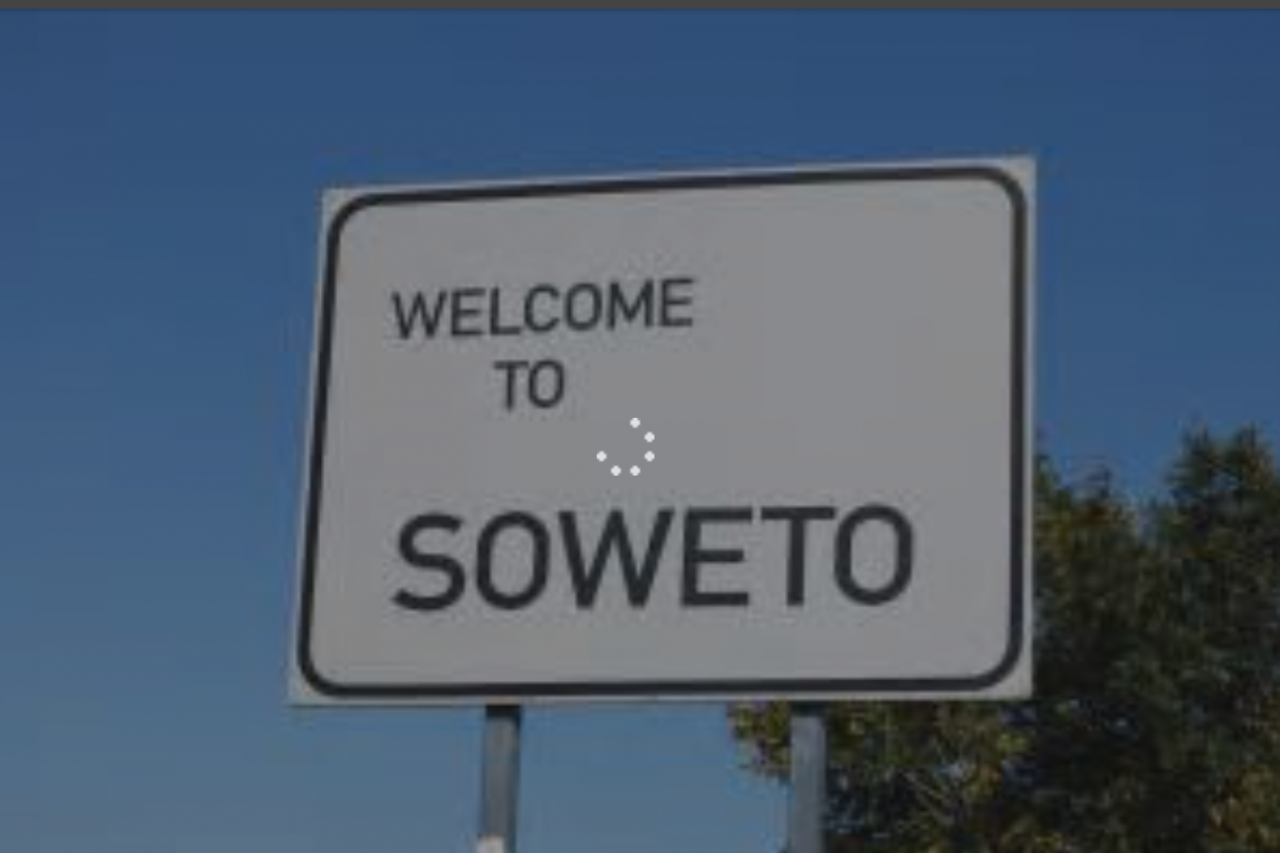
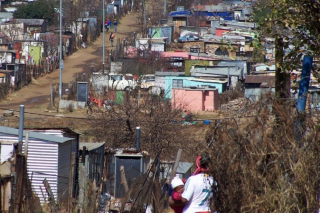
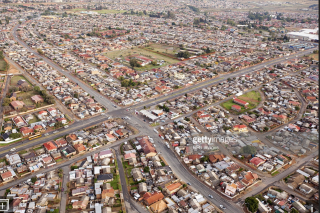
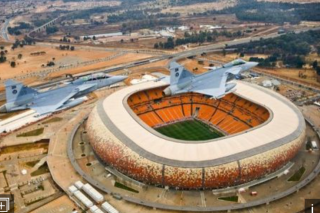
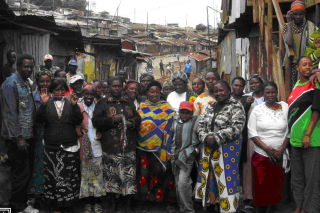
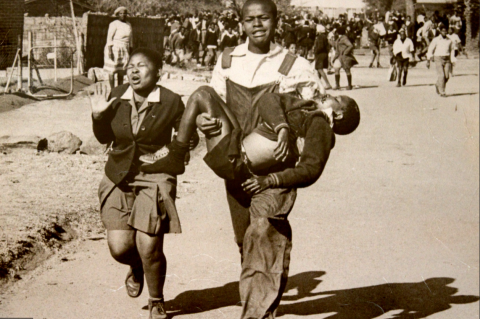
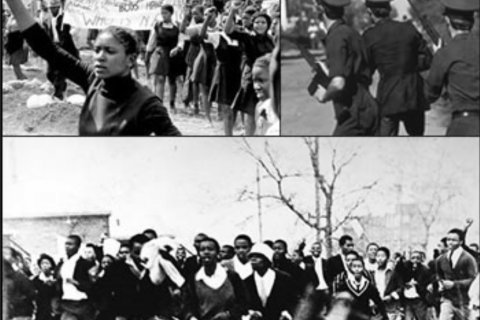
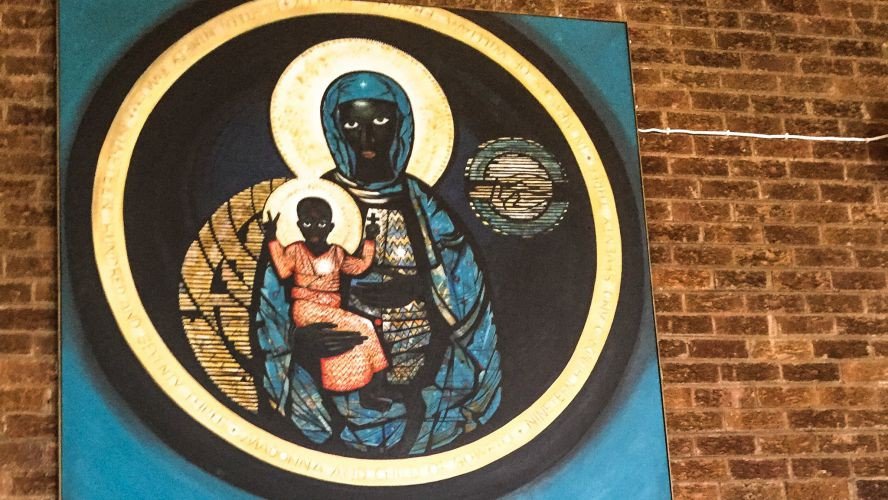
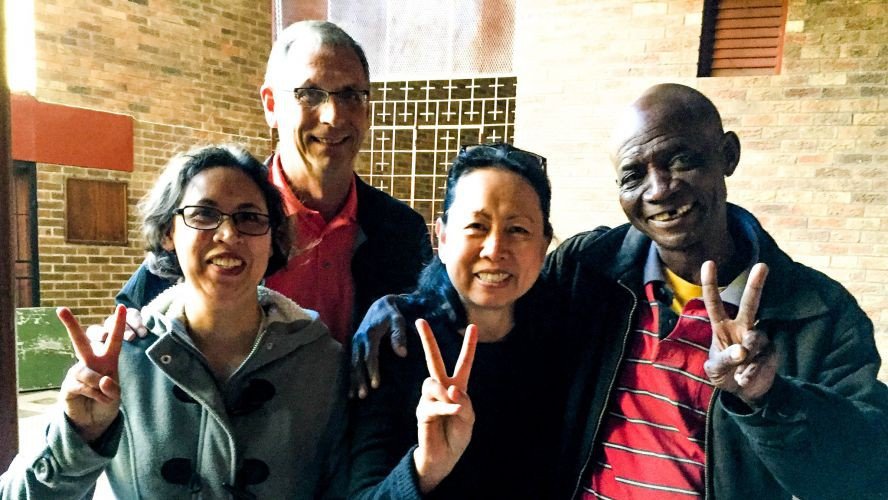
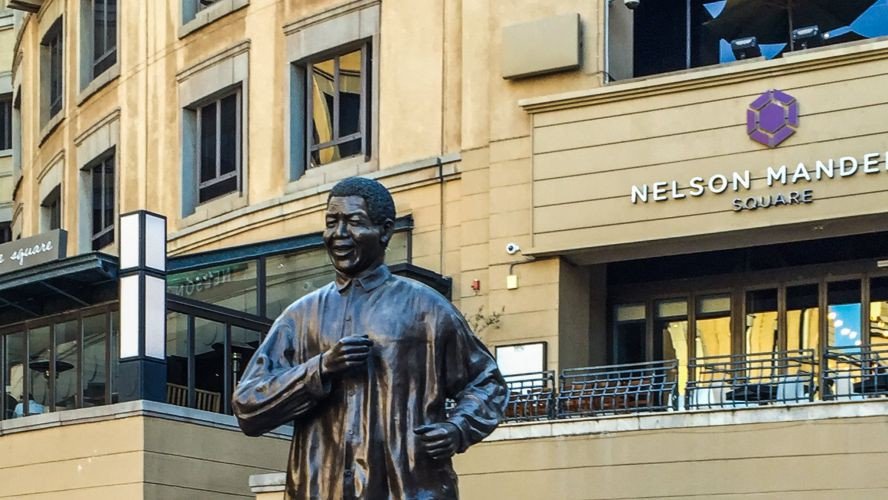
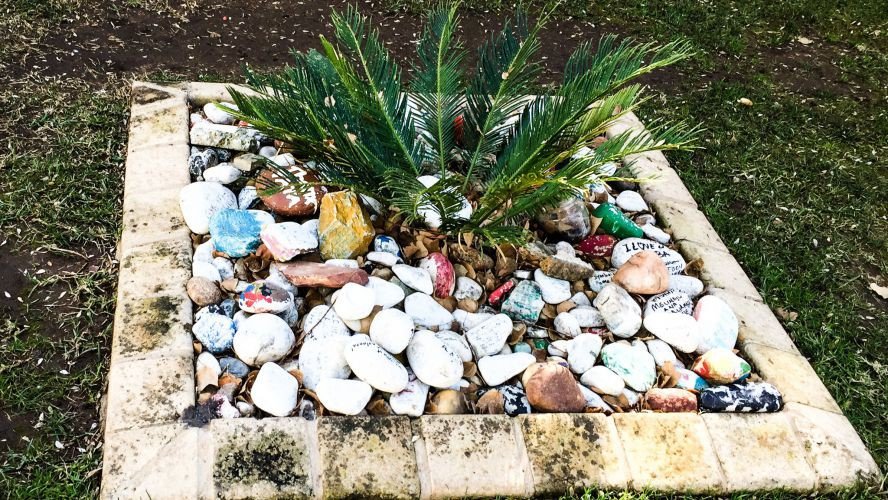
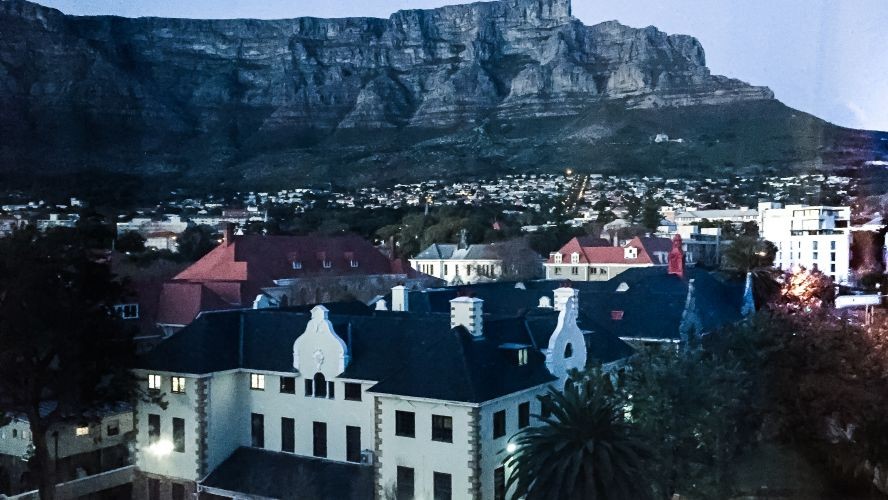
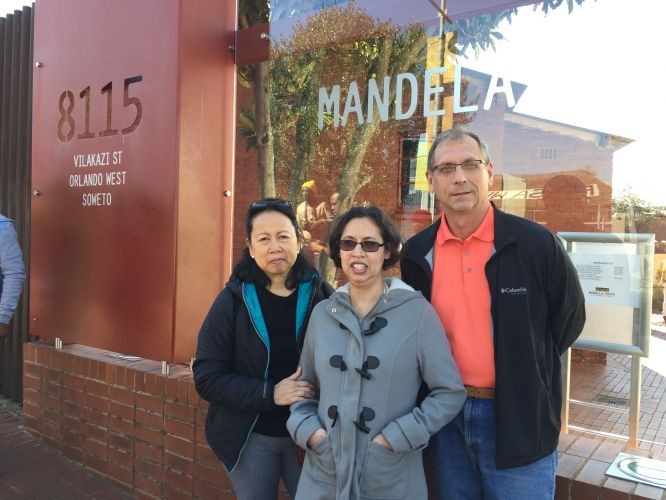
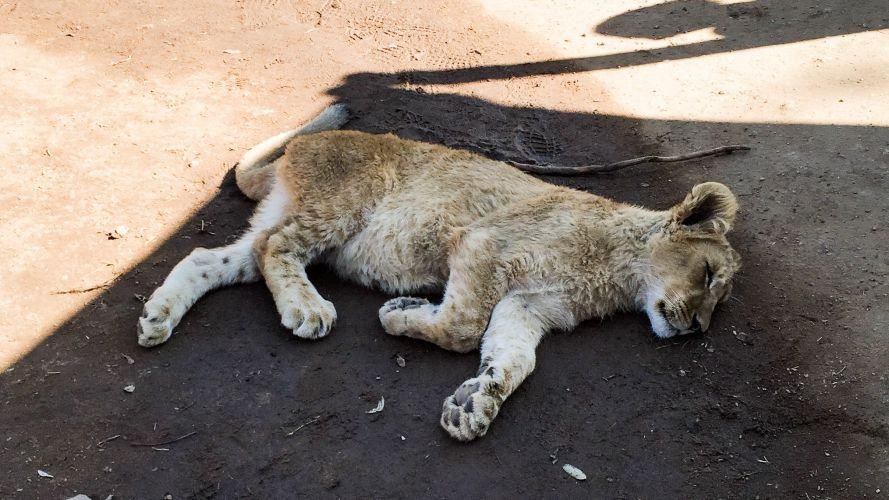
Comments